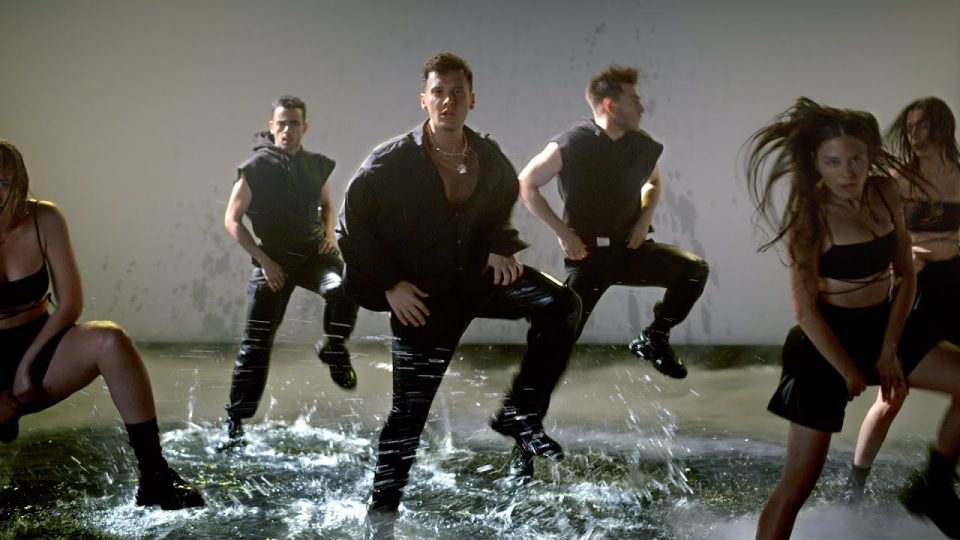The Ballets Russes, founded in 1909 by the Russian impresario Serge Diaghilev, was one of the most influential cultural phenomena of the early 20th century. The company was based in Paris, where it presented a series of groundbreaking productions that had a profound impact on the development of modern dance in France and beyond.
At the time of the Ballets Russes’ founding, Paris was the cultural capital of the world, with a thriving artistic scene that attracted artists, writers, and musicians from all over the world. Diaghilev was able to tap into this rich creative milieu, assembling a team of talented dancers, choreographers, composers, and designers to collaborate on his productions.
One of the most important aspects of the Ballets Russes’ impact on modern dance was its rejection of traditional ballet conventions. Diaghilev and his collaborators were interested in exploring new forms of movement and expression, and they drew inspiration from a wide range of sources, including folk dance, Asian art, and avant-garde literature.
The Ballets Russes also played a key role in promoting the work of emerging artists, many of whom would go on to become major figures in the world of dance. Choreographers such as George Balanchine, Michel Fokine, and Vaslav Nijinsky all got their start with the company, and their innovative approaches to movement and staging helped to redefine the boundaries of what was possible in dance.
Another important aspect of the Ballets Russes’ legacy was its influence on other forms of art, particularly visual art and design. The company’s productions featured elaborate sets and costumes created by some of the most important artists of the time, including Pablo Picasso, Henri Matisse, and André Derain. These collaborations helped to blur the lines between dance, theater, and visual art, and set the stage for the emergence of the interdisciplinary approach that would become a hallmark of modern art.
The Ballets Russes’ impact on modern dance was not limited to France, of course. The company toured extensively throughout Europe and the Americas, introducing audiences to new forms of movement and expression and inspiring a new generation of dancers and choreographers.
In many ways, the Ballets Russes can be seen as a reflection of the broader cultural and artistic trends of the early 20th century. The company’s rejection of traditional forms and embrace of new ideas and approaches was mirrored in other fields, from literature to music to visual art.
Ultimately, the significance of the Ballets Russes for the development of modern dance in France and beyond lies in its willingness to push boundaries and challenge conventions, to explore new forms of movement and expression, and to collaborate with other artists and creatives in the pursuit of artistic excellence.












